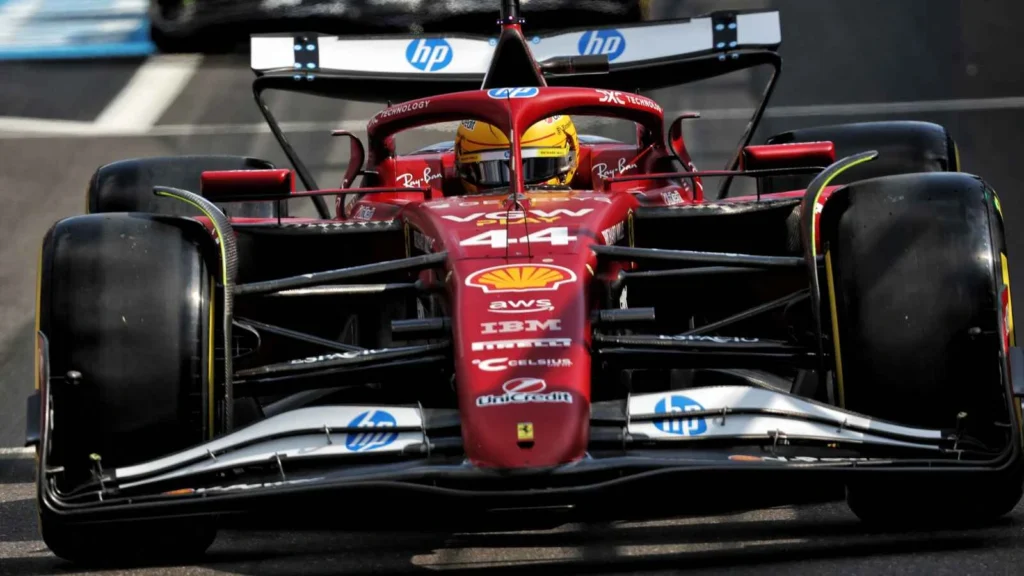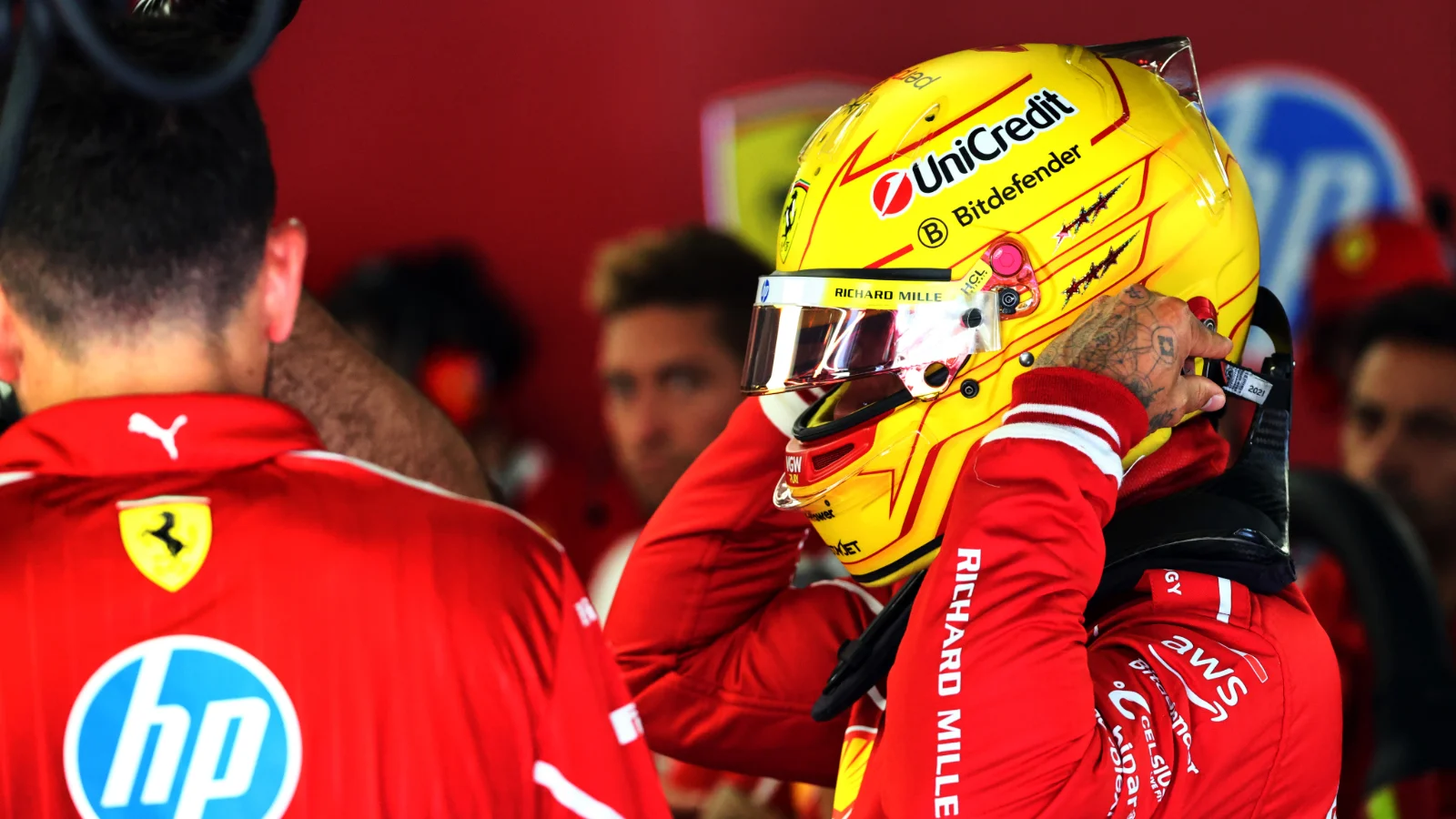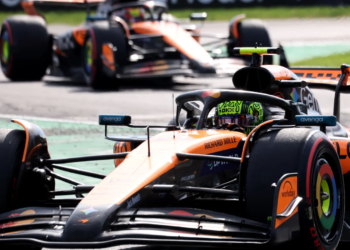Lewis Hamilton has reportedly submitted detailed feedback to Ferrari, highlighting areas of the SF-25 that require attention and offering suggestions for next year’s Formula 1 car.
In a turbulent season for the seven-time World Champion, Hamilton revealed ahead of the Belgian Grand Prix that he has been submitting detailed documents to Ferrari.
His weekend in Hungary, following a frustrating showing at Spa-Francorchamps, was another low point, with qualifying struggles on full display.
Hamilton is determined to address his struggles and avoid following in the footsteps of Fernando Alonso and Sebastian Vettel, who were unable to deliver a title with the Scuderia.
That drive led to his requests during the Belgian Grand Prix, which he later clarified were merely suggestions.
The full details behind his feedback have now been revealed in a report by La Gazzetta dello Sport.
A key focus mentioned was the engine braking, which operates differently from what Hamilton experienced at Mercedes.
Despite modifications, the characteristics of the power unit make it difficult for him to achieve the braking ‘feel’ he wants, a problem that also impacts corner entry and overall car balance.
Hamilton has requested information on the 2026 power unit to help address this issue in future development and ‘eliminate’ the problem for next season.
The 40-year-old has, however, already made no secret of his dissatisfaction getting used to the new engine braking characteristics, going as far as to label the SF-25 as “alien”.

Hamilton’s struggles with SF-25 handling and set-up differences
According to the report, Hamilton’s feedback also highlighted issues with the SF-25’s handling.
The new front suspension gave the car more precision when entering corners, but made it harder to drive in tighter, more technical sections.
To compensate, his car was apparently adjusted with an extra load at the front, which helped grip but made the steering very sensitive.
He is said to have tried to test different set-ups on the simulator to ‘overcome the problem’, but as Ferrari only uses a limited number of base configurations, he failed to do so.
To work around this, Hamilton often adopted ‘mixed’ set-ups, combining elements from different settings – such as suspension, bars, and wings – which didn’t always create the ideal balance.
Rear-end stability was another concern mentioned by the Italian publication. Hamilton wanted the back of the car to feel as balanced as the front, a preference that sometimes clashed with team-mate Charles Leclerc’s more ‘consistent’ approach.
Whilst Ferrari assumed that, because both drivers focus on front-end performance, their set-up preferences would be similar, that proved not to be the case. This has made it more difficult for the team to interpret data and reach compromises.
These challenges also raise questions about Ferrari’s 2026 car, still in development, and whether it will be able to accommodate both drivers under the new regulations.
READ MORE – Lewis Hamilton delivers positive verdict on ‘fascinating’ 2026 F1 regulation changes










Discussion about this post